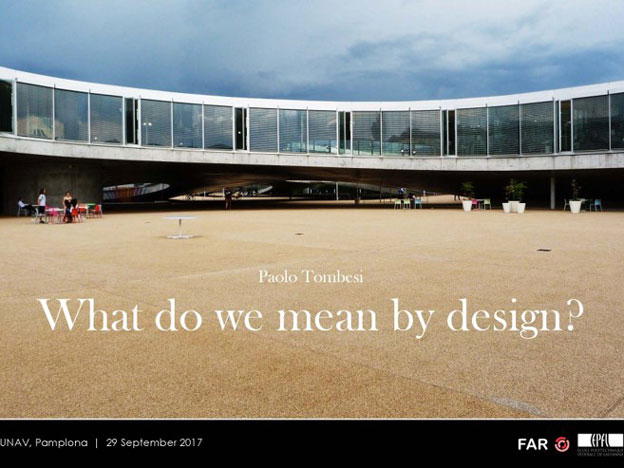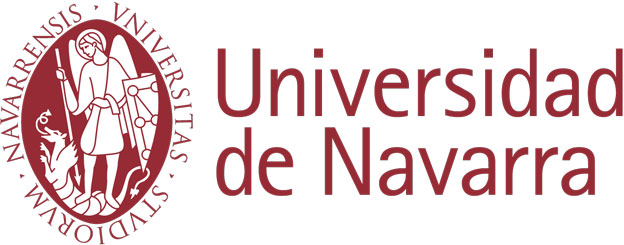
For several years, my work has been focusing on design as a socio-technical act. On the one hand, I try to understand what it means to design and execute a building well (i.e., techno-logically) aside from formal querelles, normative prescriptions and mediatic superstructures. On the other, I seek to find ways to examine project achievements and challenges, not to scrutinise participants but rather to comprehend the evolving mechanics and the difficulties of contemporary practice, particularly within innovative milieux.
To this end, I have learnt to organize my analyses of buildings around a strategically inclusive view of design that comprises all the dimensions of work converging around and affecting their development process. After all, if one took the meaning of design literally (‘a problem-defining, problem-solving, information-structuring activity that defines and communicates specific courses of action on the basis of understood conditions and rules’), the map of contributions that conform to the description would extend over the entire construction cycle irrespective of the architect’s engagement, from the formulation of building scope to the production and assembly of its components, the definition and control of project operations to the use and maintenance of the spaces thus created.
Subscribing to this hypothesis turns the building project into a complex ensemble of distinct, scope-specific design functions, possibly autonomous from and yet connected to architectural design when understood as an act of cultural synthesis. A building is the combined result of their implementation, whereas the building process designates the space in which their gradual refinement and integration occurs, following ongoing negotiations/conciliations between different technical agendas.
Highlighting the design status of much building procurement activity is useful to take pressure away from architectural design and look at buildings for what they are socially: the result of a collective entity and often internally contradictory design decisional processes. What matters in the subsequent analysis is how design decisions taken (or not taken) in determinate parts of this multi-nodal structure affect its operations as well as the outcomes of the work
